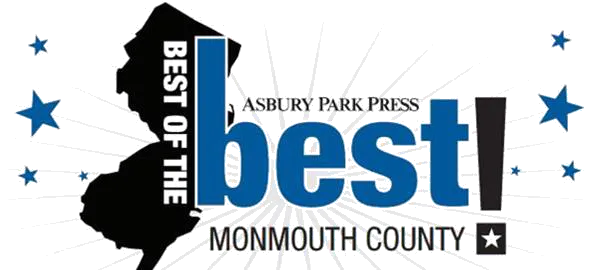 Muscle release, or as it is sometimes known, Myofascial Release, MFR, is a protected and extremely viable hands-on strategy that includes applying delicate continued pressure into the fascia connective tissue limitations to kill pain and reestablish motion. It is applied to people who have suffered from immobility and chronic pains in the muscle, usually caused by sports injuries, overuse, and disuse of such muscles. Myofascial release seeks to ease tension and rigidity of the affected area, increase fluid circulation, reduce pain and help regain mobility of such muscles. This article gives more information regarding muscle release therapy. .
Muscle release, or as it is sometimes known, Myofascial Release, MFR, is a protected and extremely viable hands-on strategy that includes applying delicate continued pressure into the fascia connective tissue limitations to kill pain and reestablish motion. It is applied to people who have suffered from immobility and chronic pains in the muscle, usually caused by sports injuries, overuse, and disuse of such muscles. Myofascial release seeks to ease tension and rigidity of the affected area, increase fluid circulation, reduce pain and help regain mobility of such muscles. This article gives more information regarding muscle release therapy. .
Causes of Muscle Tightness
After an individual has suffered an injury during an accident or physical training, some muscles may be overstretched or torn. Sometimes due to the misalignment of muscles, we may find ourselves using one shoulder or arm more than the other. This causes lots of debilitating pains because of the torn muscle, or due to the overstretching. Since the tightness and tearing inhibits the smooth flow of blood and lymphatic fluid, mobility is impacted, as well as the usage of such muscles.
How Muscle Release Therapy Works
An osteopath who is certified and regulated by federal and state statutes performs muscle release therapy. It is performed in a quiet comfortable room, while the patient lies or sits on a bed, depending on the affected area. The affected area is left exposed, while the rest of the body is covered in a white cloth. The therapist uses some essential oils to ease friction against the skin. Sometimes the oils contain some therapeutic properties that help accelerate the recovery of such muscles. The therapist then uses their hands to apply steady but sustained pressure in a certain direction on the affected area. This helps release tension and makes the fascia loosen so that blood and lymphatic flow again. What follows is a release-like feeling that is coupled with lots of relief, hence the name, myofascial release
Benefits of Muscle Release Therapy
Muscle release is widely used to treat several physical conditions that range from neck, back, and shoulder pains that occur because of wrong posture and inappropriate use of such muscles. It is also used in the sports industry to treat muscle adhesions and injuries in athletes during training. It has also been used to treat lower back pain in pregnant women since the weight of the pregnancy exerts too much on the lower back. It is also associated with reduced blood pressure, weight loss and recovery from stress. This is because after the release, blood and lymphatic fluid flow better, reducing the chances of the buildup of fats.
Additional Treatments with Muscle Release
Other forms of treatment such as hot and cold pressure can also be used to complement ailments and conditions that rely on myofascial release. Hot stone treatment is used to reduce tension in blocked blood vessels so that fluids can flow smoothly. Cold pressure, on the other hand, can be used to reduce pains in tensed and tight muscles.
Muscle release can also be used to accelerate healing from other forms of treatment such as acupuncture, manipulation, physical therapy, and occupational therapy. Myofascial release treatment can likewise improve skeletal and solid arrangement preceding a medical procedure, or assist competitors with accomplishing better alignment before a sports session.
Risks and Side Effects of Muscle Release
As much as the release is beneficial to the body, it should never be performed on individuals with skin conditions such as burns. People with allergies should also avoid muscle release therapy because their skin might react to the massage oils that sometimes contain flavors. Furthermore, people with fractured or broken bones should also avoid muscle release because it would cause further injuries. Wrong or excessive use of pressure can cause the rupturing of blood vessels, something that can even lead to death because of internal bleeding and spinal injury. Nerve damage, caused by irritation of the skin is also possible. After the therapy, you may experience some temporary paralysis.
If done the right way and to the right individual, muscle release, or myofascial release can have massive benefits. To make the most of the release, you should be honest with your therapist as much as possible. This will prevent you from possible risks that may arise if the release was performed on an individual with physical conditions that may be aggravated by the release. You do not want a therapist who may cause serious bodily injuries so pick the right one. Checking for their experience and skills and talent will help you achieve maximum benefit and keep you safe from risks associated with muscle release.

